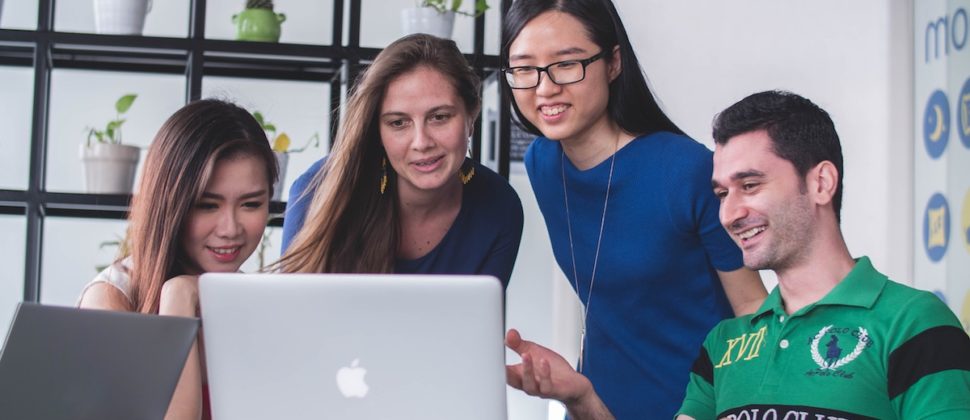Unconscious Bias Can Elearning Help Students
29th May 2019

Our biases cast a long shadow over our decisions, feelings and behaviours – often affecting our actions in ways we don’t understand because of attitudes we don’t recognise.
Most people think they can make decisions fairly, unaffected by biases. The reality is that very few people are not swayed by their intrinsic biases. Overcoming unconscious bias usually requires training, so that people understand the unseen drivers nudging their behaviours, and also structural change to reinforce the value of diversity.
While many businesses invest in training that raises awareness of our hidden biases, universities are now recognising the value of teaching students about the biases that can influence our behaviours, as well as what we can do to overcome these unseen forces.
What is unconscious bias?
We all have natural biases – or tendencies to favour one thing over another. These biases are often linked to the shortcuts our brains use to make decisions; rather than having to assess every tiny decision thoroughly, we use frameworks to guide us towards the right choice.
In many cases these biases cause us to favour the familiar and the similar: people, places, products, projects and ideas that look, sound and behave in a recognised way.
These biases can have a pernicious influence on workplaces and universities because many people don’t see their effects, hence the ‘unconscious’ label. Understanding the different forms that unconscious bias can take may help your community to recognise their own hidden influences, and take action to counteract them.
Unconscious bias can take many forms, including:
Halo effect. If you like something about a person or thing, you are more likely to feel positively towards them – even if their other characteristics do not merit such high regard. For example, people will typically attribute greater intelligence to people they perceive as beautiful – regardless of other evidence.
One ‘good’ quality, such as physical beauty, effectively creates a halo around the individual, leading us to rate them more highly than we would otherwise. Clearly, this creates a disadvantage for people who do not create an immediately positive impression, perhaps because they do not conform to ‘mainstream’ standards of dress, beauty or culture.
Affinity bias. We tend to warm more readily to people who are similar to us. This bias is often a challenge for recruiters, who can easily fall into the trap of hiring people with the same background and perspective as them.
Groupthink. Humans are inclined to seek peace and harmony. And while that might seem like a noble goal, it can lead to dangerous behaviours, such as when people in groups strive for conformity, rather than raising objections to irrational or dangerous proposals. Groupthink that can lead to people supporting dangerous, foolish, unethical or inappropriate plans or ideas – purely because of a reluctance to speak out and resist the tide of opinion.
Confirmation bias. We all want to be right. That’s why we’re always looking for evidence to support our beliefs. Most of us are so eager to prove our beliefs that we hunt for supporting evidence and tend to ignore anything that contradicts our views.
These are just a few of the biases that influence how students think and behave – though there are many more.
How does unconscious bias affect students?
Hidden biases affect everyone. For students, biases can influence how they feel about their peers, their tutors and their course. Biases can limit the scope of student’s thinking, their choices and their experiences – reducing the value they get from their education, as well as their perception of the value of their education.
Unconscious bias training from Marshall E-Learning
Does your university or organisation want to challenge unconscious bias? Our e-Learning solutions provide an affordable and effective way to reach your audience and counteract these unseen forces.


